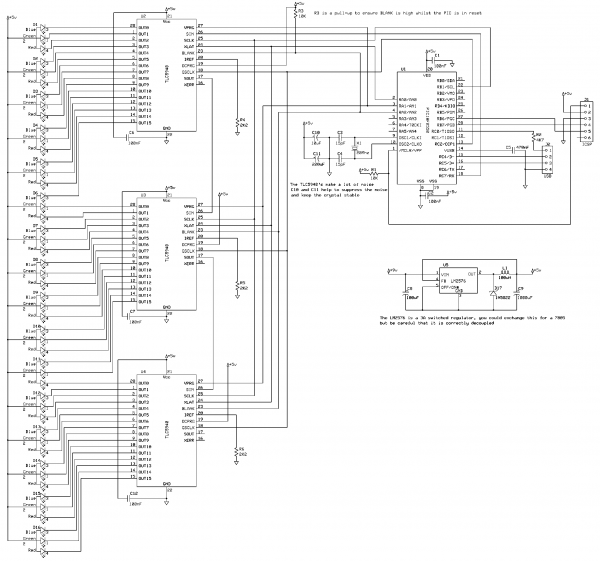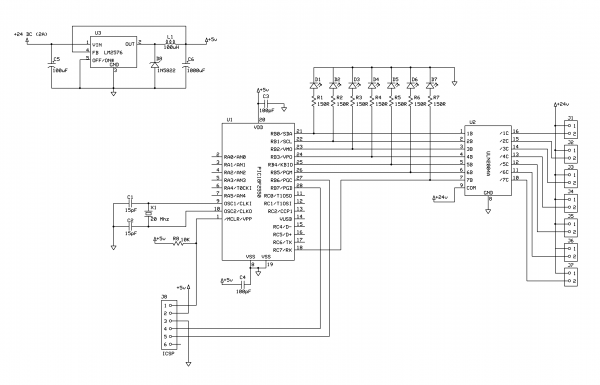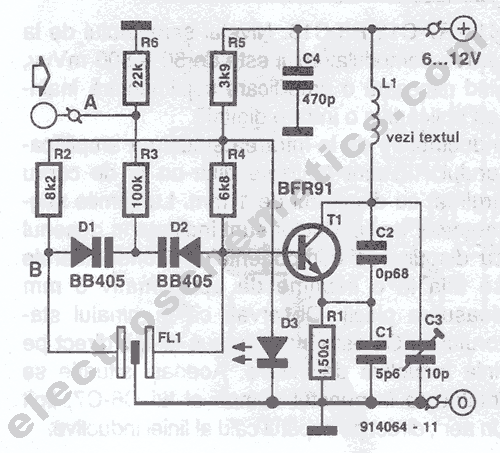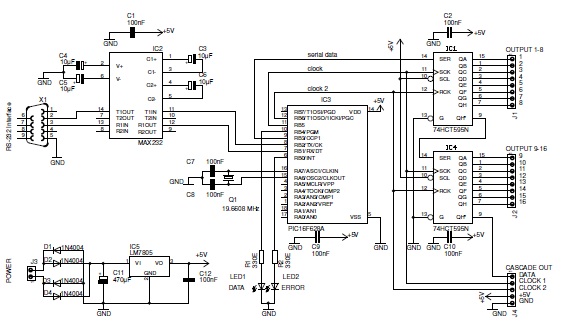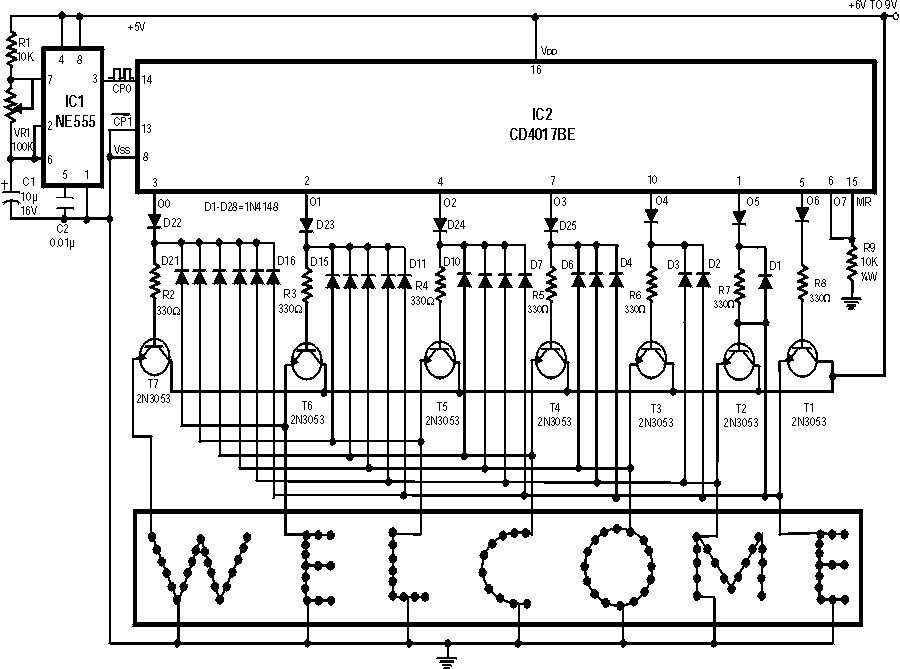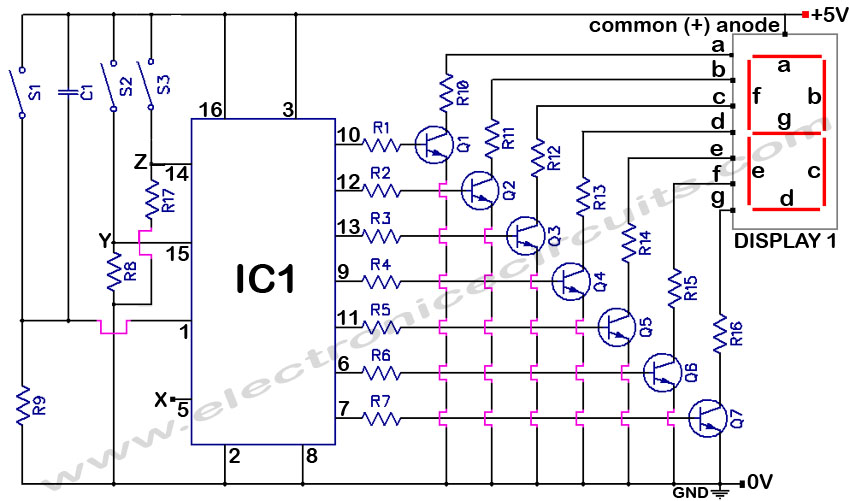
TFT display with USB interface

A 1.8" TFT display was sourced from China, and a breakout board was designed for it. This version not only breaks out the pins but also includes a USB-enabled microcontroller and several buttons for graphical user interface (GUI) projects. The display operates using the ST7735R controller.
The circuit design of the breakout board for the 1.8" TFT display incorporates several key components to enhance functionality. The ST7735R controller is central to the operation of the display, facilitating communication between the microcontroller and the display module. The microcontroller, equipped with USB capabilities, allows for easy connectivity to external devices, making it suitable for various applications, including data visualization and interactive projects.
The breakout board features a set of buttons that can be programmed to serve different functions, such as navigation through menus or selection of options within the GUI. The inclusion of these buttons simplifies user interaction, making the board ideal for prototyping user interfaces.
Moreover, the design includes a micro SD card holder, enabling the storage and retrieval of graphical assets or data files. This feature significantly expands the capabilities of the display, allowing for dynamic content to be loaded during operation. The micro SD card interface is typically managed through the SPI (Serial Peripheral Interface) protocol, which is supported by the ST7735R controller.
Power management is another critical aspect of the design. The board can be powered via USB, providing a convenient power source for both the microcontroller and the display. Voltage regulation may be implemented to ensure that the display receives the appropriate voltage levels, typically around 3.3V, which is standard for the ST7735R.
In summary, this breakout board design for the 1.8" TFT display is a comprehensive solution that not only provides the necessary connections for the display but also integrates additional functionalities such as USB connectivity, user interface buttons, and micro SD card support, making it a versatile platform for various electronic projects.Like so many others, we found a nice 1.8"" TFT display in China, and we decided to make a breakout for it. Instead of just breaking out the pins, and perhaps adding the micro SD card holder, we equipped our version with an USB enabled microcontroller and a few buttons for GUI projects.
This display is based on the ST7735R controller and is. 🔗 External reference
The circuit design of the breakout board for the 1.8" TFT display incorporates several key components to enhance functionality. The ST7735R controller is central to the operation of the display, facilitating communication between the microcontroller and the display module. The microcontroller, equipped with USB capabilities, allows for easy connectivity to external devices, making it suitable for various applications, including data visualization and interactive projects.
The breakout board features a set of buttons that can be programmed to serve different functions, such as navigation through menus or selection of options within the GUI. The inclusion of these buttons simplifies user interaction, making the board ideal for prototyping user interfaces.
Moreover, the design includes a micro SD card holder, enabling the storage and retrieval of graphical assets or data files. This feature significantly expands the capabilities of the display, allowing for dynamic content to be loaded during operation. The micro SD card interface is typically managed through the SPI (Serial Peripheral Interface) protocol, which is supported by the ST7735R controller.
Power management is another critical aspect of the design. The board can be powered via USB, providing a convenient power source for both the microcontroller and the display. Voltage regulation may be implemented to ensure that the display receives the appropriate voltage levels, typically around 3.3V, which is standard for the ST7735R.
In summary, this breakout board design for the 1.8" TFT display is a comprehensive solution that not only provides the necessary connections for the display but also integrates additional functionalities such as USB connectivity, user interface buttons, and micro SD card support, making it a versatile platform for various electronic projects.Like so many others, we found a nice 1.8"" TFT display in China, and we decided to make a breakout for it. Instead of just breaking out the pins, and perhaps adding the micro SD card holder, we equipped our version with an USB enabled microcontroller and a few buttons for GUI projects.
This display is based on the ST7735R controller and is. 🔗 External reference
